PS5 SSD Upgrade Temperature Testing: Do You Even Need a Heatsink?
And will any M.2 NVMe SSD work well enough?
We tested with two M.2 NVMe SSDs, a Western Digital Black SN850, and a Samsung 980 Pro, with 1TB capacity each. Both SSDs exceed Sony's read speed recommendations. We performed a complete set of tests on the SN850, but only ran a couple of benchmarks on the 980 Pro for speed comparison purposes.
Besides the SSD drives, we also got two heat sinks from ICY BOX. One had a 10mm height, which is taller than Sony recommends, while the other stood at 5mm, allowing the PS5's SSD cover to be installed over it.
The ambient temperature during our test sessions was kept close to 23 degrees Celsius.
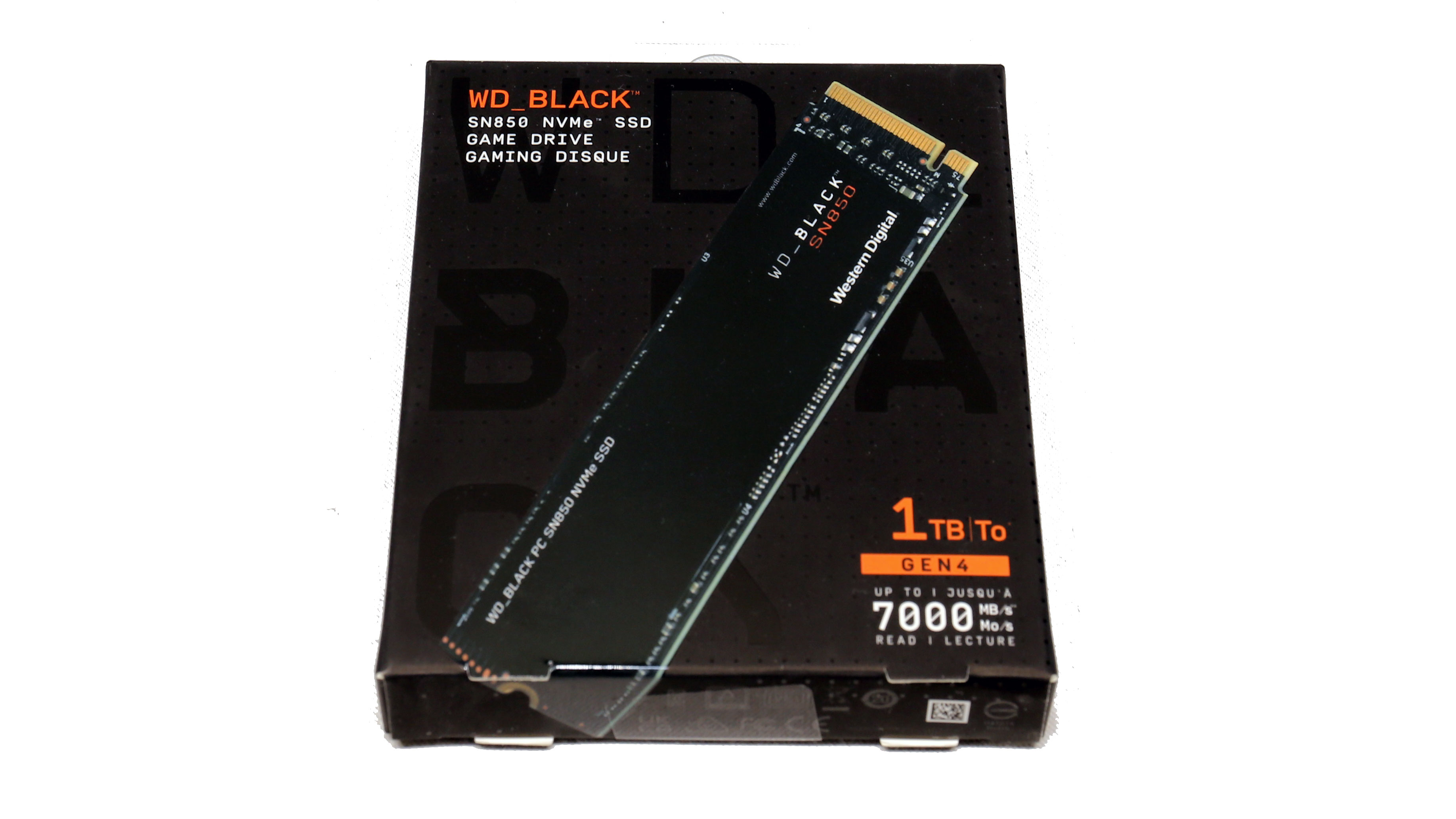
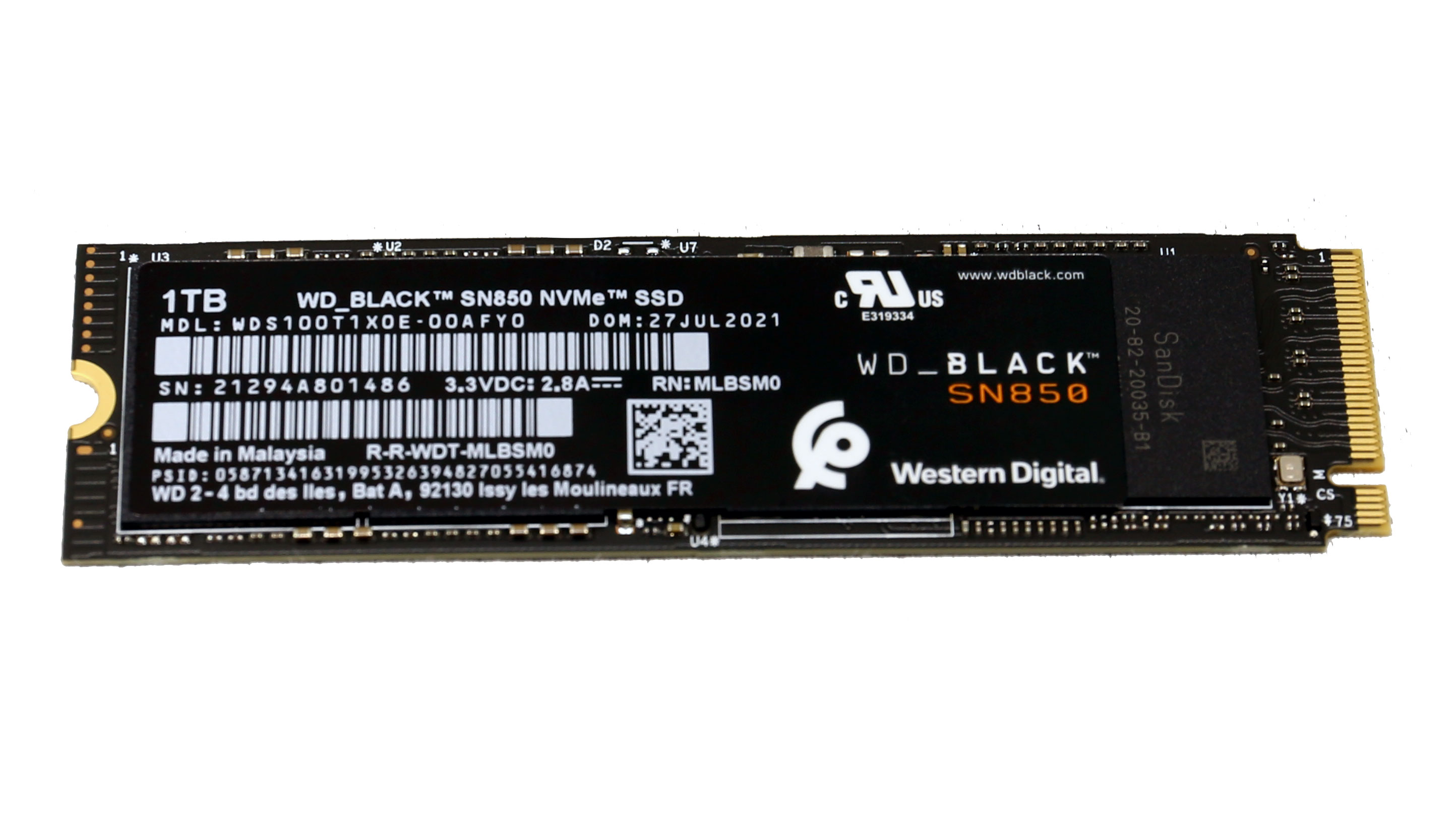
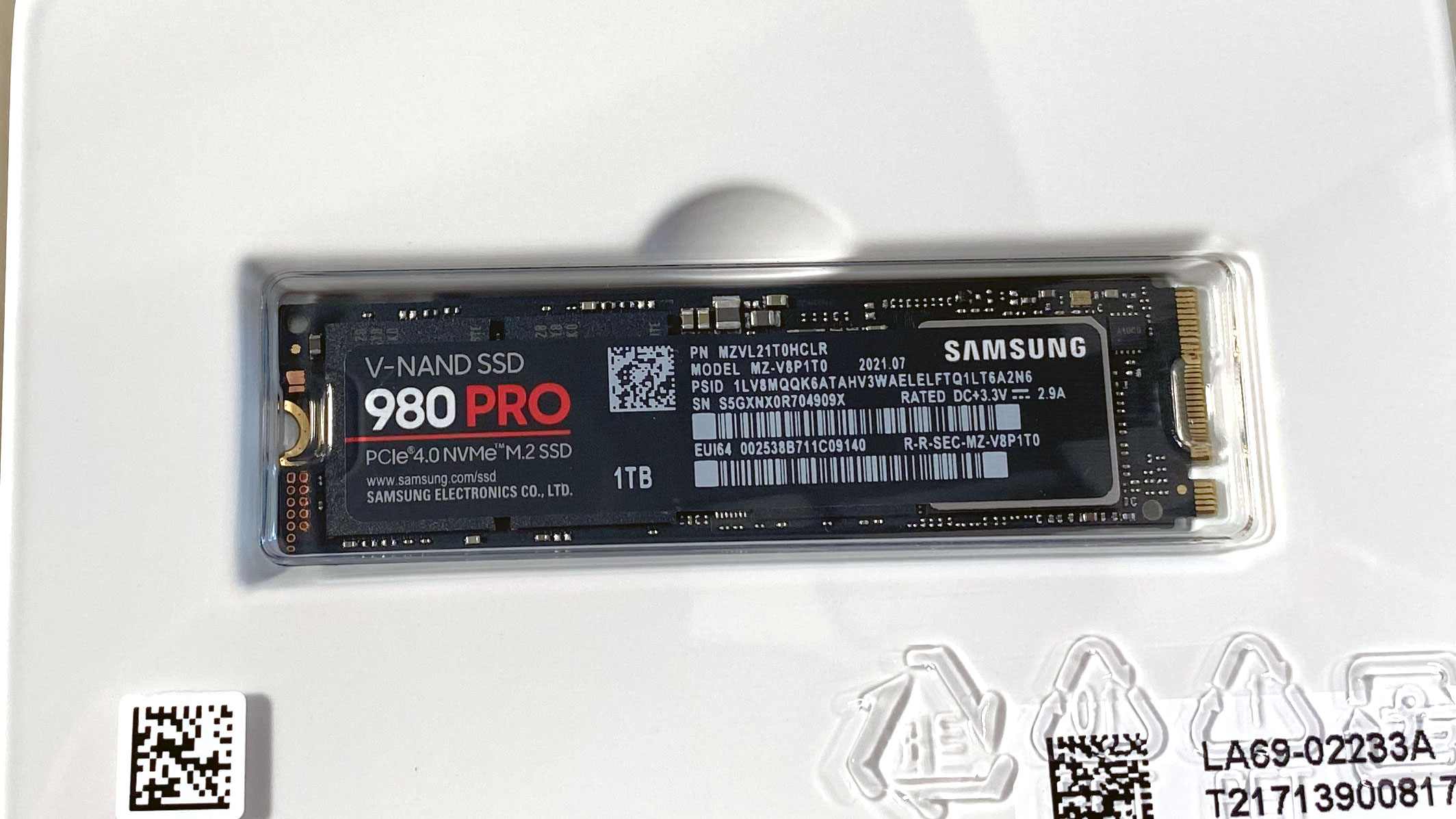
To monitor operating temperatures, we installed three K-type thermocouples on the SN850 SSD: one on the flash memory, one on the controller, and one on the controller's DRAM. To test, we wanted to apply the highest possible stress to the drive, by moving vast amounts of data. We began by moving several games, 243.5GB of data, from the internal storage to the SN850 drive and vice versa.
The first operation forced the SN850 to perform prolonged write operations, while the second operation did the same for read procedures. We logged temperatures during the entire write and read operations and measured the time required for each process to finish to calculate the average transfer speeds. If increased operating temperatures caused the SSD controller to throttle, speeds would drop.
We tested the following scenarios:
- SN850 without a heat sink installed and with the SSD cover in place
- SN850 without a heat sink installed and without the SSD cover
- SN850 with a heat sink installed and with the SSD cover in place
- SN850 with a heat sink installed and without the SSD cover in place
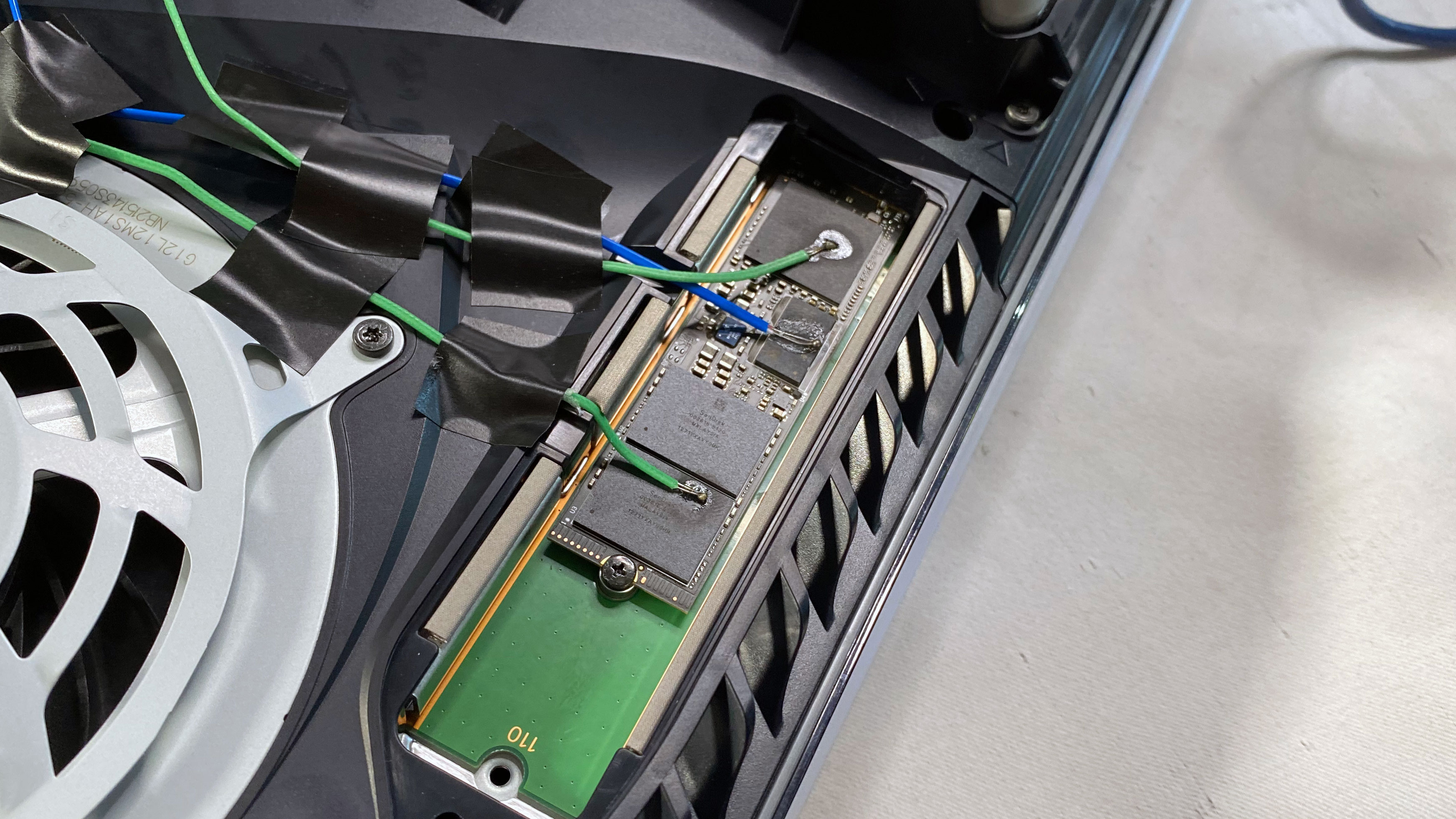
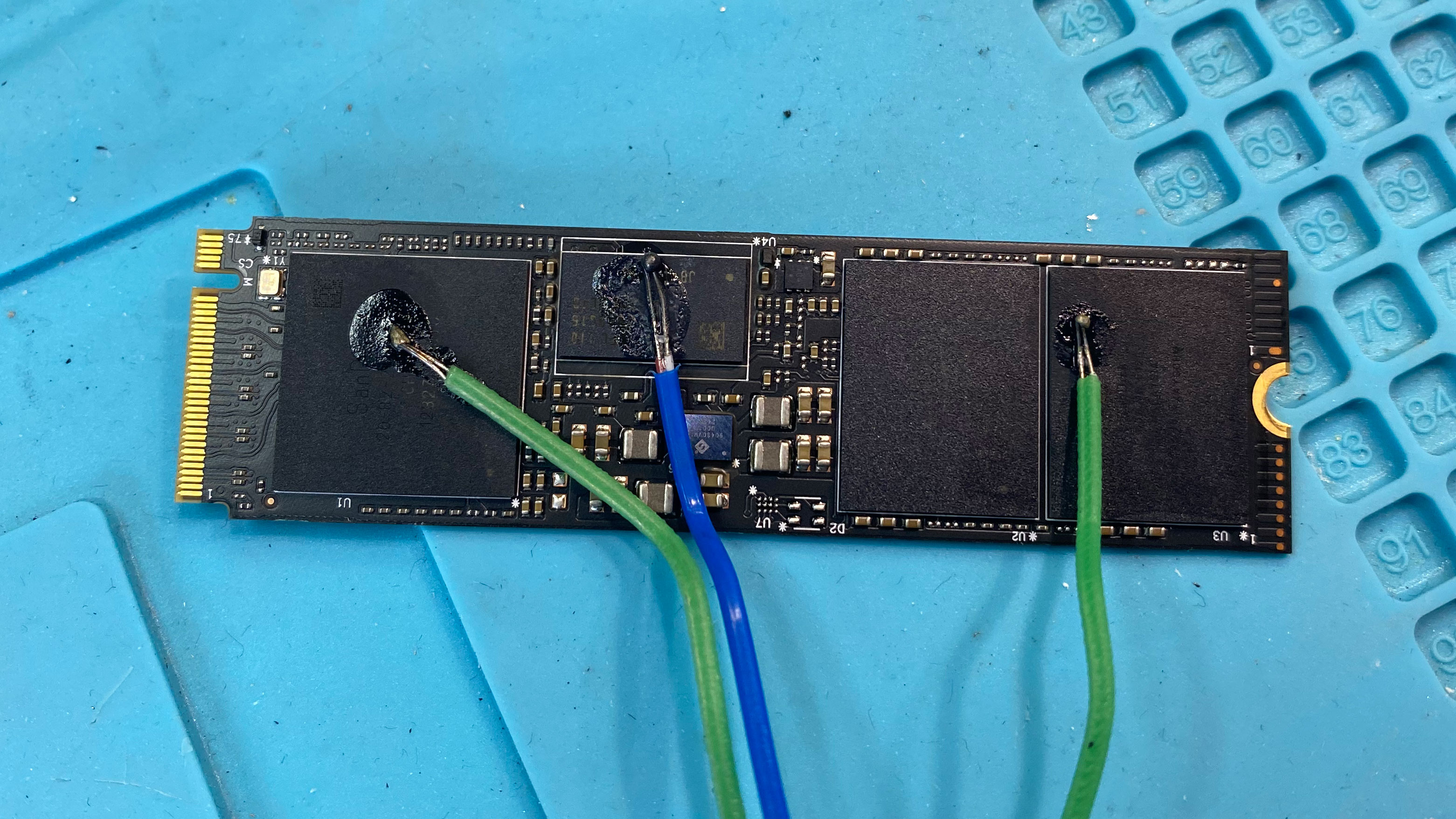
Once you install an NVMe SSD in your PS5, you will be asked to format it, and once this is done, the operating system will run a benchmark to find the read speed of the drive.
Get Tom's Hardware's best news and in-depth reviews, straight to your inbox.
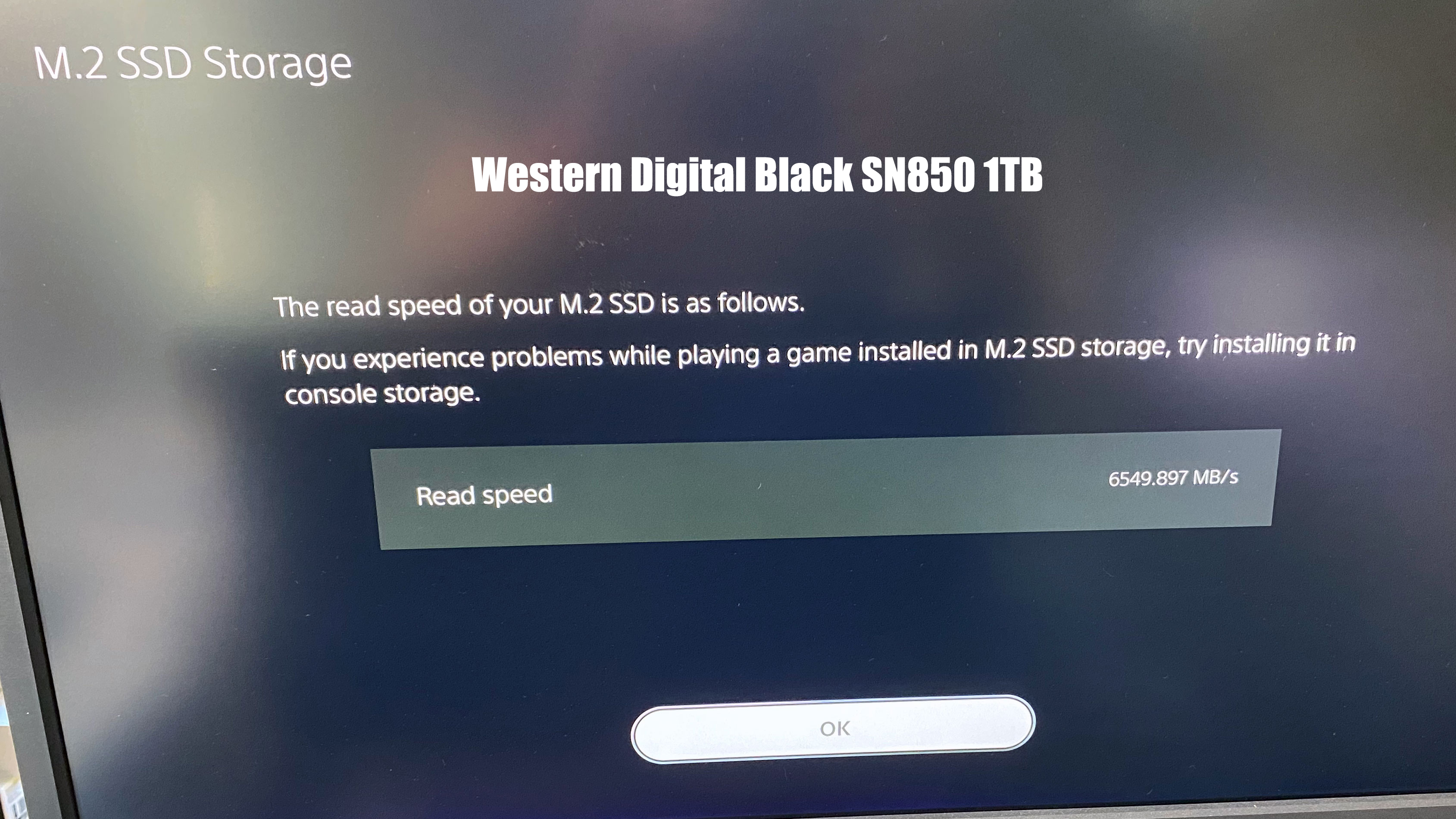
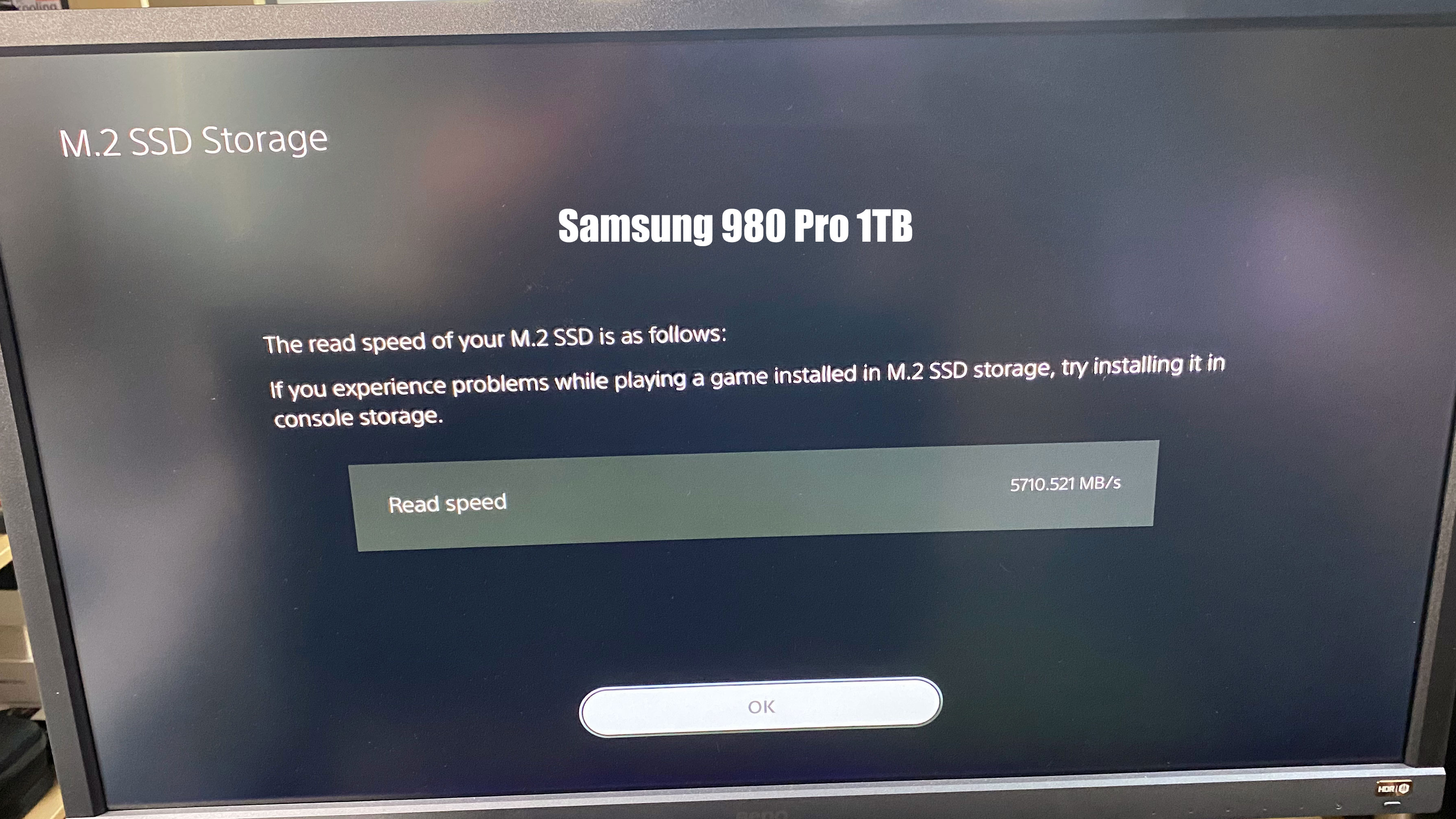
Although both the SN850 and the 980 Pro have the same advertised read speeds, the former proved to be must faster in read operations.

Aris Mpitziopoulos is a contributing editor at Tom's Hardware, covering PSUs.
-
brian532 So, Sony's storage upgrade solution involves removing, losing, the include NVM and replacing while with Xbox you can just add to it? I am surprised MS is not making a big deal about this.Reply -
Erroneuz Reply
No.brian532 said:So, Sony's storage upgrade solution involves removing, losing, the include NVM and replacing while with Xbox you can just add to it? I am surprised MS is not making a big deal about this.
"With its latest firmware, Sony allows you to add your own M.2 SSD to the PlayStation 5 to supplement the console's internal storage. "
Also Sony's solution lets the consumer choose between tons of drives, not locking them down to one expensive option. The only thing surprising me, is that we haven't seen a specific drive branded by PlayStation, but it will properly come, though it's not necessary. -
drd7of14 Would not the cover being removed possibly lead to improper heat dispersion onto the plastic shell of the PS5 console? Even with the heatsink, my concern would be that it might melt the plastic.Reply
Did you measure the temperatures at the top where cover would be and the inner plastic above that? Would be curious to see if this concern is warranted or not.
Secondly - My guess would be that the cover protects the SSD from environmental damage and/or dust accumulation. Not having the cover over the bay may lessen the lifetime quality of your drive.
It would be good to test this over a 3 month period of time with regular use, 1 unit with the cover and 1 without in the same/similar environment if possible. -
Erroneuz You need much higher temperatures for plastic to melt. The cover on or off will not affect airflow. But it can have an effect on dust accumulation, so that's something worth keeping an eye on, if one decides to run without the cover.Reply -
VforV Actually Sony recommends to keep the SSD cover ON, so dust is one of the reasons. They also state better cooling with it on, but this test proves the opposite.Reply
You got it all wrong. It's the opposite actually.brian532 said:So, Sony's storage upgrade solution involves removing, losing, the include NVM and replacing while with Xbox you can just add to it? I am surprised MS is not making a big deal about this.
You don't remove the original SSD, you add another one.
Sony gives you the option to chose from a multitude of offers (cheaper prices or better performance, etc), while MS locks you into a proprietary SSD which is also expensive, more expensive than the options you get with Sony...
There is exactly that, an SSD expansion from Sony for the PS5, but it's not under the Sony name, it's a subsidiary and I forgot the name (google it). I also don't know why they did that instead of using the Sony brand... But the idea is that they do have it.Erroneuz said:No.
"With its latest firmware, Sony allows you to add your own M.2 SSD to the PlayStation 5 to supplement the console's internal storage. "
Also Sony's solution lets the consumer choose between tons of drives, not locking them down to one expensive option. The only thing surprising me, is that we haven't seen a specific drive branded by PlayStation, but it will properly come, though it's not necessary. -
Erroneuz Reply
Yeah I've seen it, it's called Nextorage . To be honest, a company at the size of Sony, I wouldn't be surprised if the Nextorage subsidiary almost runs it's own part of the business. Supply issues can maybe also be why, they maybe don't want a product branded for PS5 out there, if they cant deliver enough of them, considering how much heat they (and pretty much everything else) are getting, because of the supply issues.VforV said:There is exactly that, an SSD expansion from Sony for the PS5, but it's not under the Sony name, it's a subsidiary and I forgot the name (google it). I also don't know why they did that instead of using the Sony brand... But the idea is that they do have it. -
kyzarvs ReplyErroneuz said:No.
"With its latest firmware, Sony allows you to add your own M.2 SSD to the PlayStation 5 to supplement the console's internal storage. "
Also Sony's solution lets the consumer choose between tons of drives, not locking them down to one expensive option. The only thing surprising me, is that we haven't seen a specific drive branded by PlayStation, but it will properly come, though it's not necessary.
There is one on the way:
https://www.tomshardware.com/uk/news/sony-releases-aftermarket-ps5-ssd-under-the-nextorage-brand -
Erroneuz Reply
Read my last post.... :)kyzarvs said:There is one on the way:
https://www.tomshardware.com/uk/news/sony-releases-aftermarket-ps5-ssd-under-the-nextorage-brand -
Alvar "Miles" Udell Honestly they should have just increased the price by $150 and shipped it from the factory with a 2TB drive with no expansion.Reply -
Heat_Fan89 Reply
Games are way too big these days to offer no expansion. I have a PS4 and I have 4GB of storage and it’s almost full of games. Most AAA games today are in the 65-100GB and they keep growing in size especially when hitting 4K.Alvar Miles Udell said:Honestly they should have just increased the price by $150 and shipped it from the factory with a 2TB drive with no expansion.